<--- Back to Details
| First Page | Document Content | |
|---|---|---|
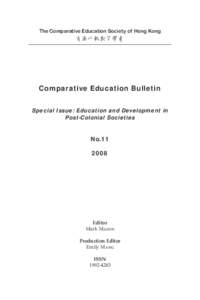 Date: 2013-01-28 04:13:02Africana philosophy Critical theory Neocolonialism Postcolonialism Comparative education Mark Bray Economic development Orientalism Colonialism Education Philosophy of education Knowledge |
Add to Reading List |
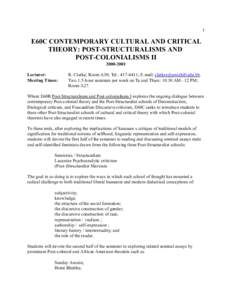 | 1 E60C CONTEMPORARY CULTURAL AND CRITICAL THEORY: POST-STRUCTURALISMS AND POST-COLONIALISMS IIDocID: 1vqxE - View Document |
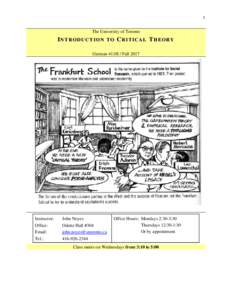 | 1 The University of Toronto INTRODUCTION TO CRITICAL THEORY German 411H / Fall 2017DocID: 1vnKH - View Document |
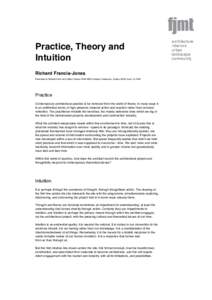 | Practice, Theory and Intuition Richard Francis-Jones Presented at Tectonic Form and Critical Culture, RAIA NSW Chapter Conference, Sydney, NSW, June 19, 2004 PracticeDocID: 1vloe - View Document |
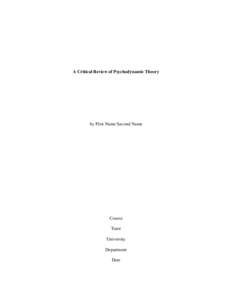 | A Critical Review of Psychodynamic Theory by First Name Second Name Course TutorDocID: 1vgOA - View Document |
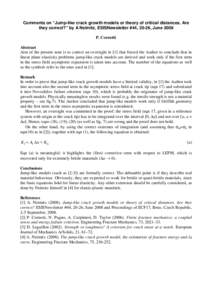 | Comments on “Jump-like crack growth models or theory of critical distances. Are they correct?” by A Neimitz, ESISNewsletter #44, 20-26, June 2008 P. Cornetti Abstract Aim of the present note is to correct an oversighDocID: 1v7mz - View Document |
 The Comparative Education Society of Hong Kong 香港比較教育學會 Comparative Education Bulletin Special Issue: Education and Development in
The Comparative Education Society of Hong Kong 香港比較教育學會 Comparative Education Bulletin Special Issue: Education and Development in